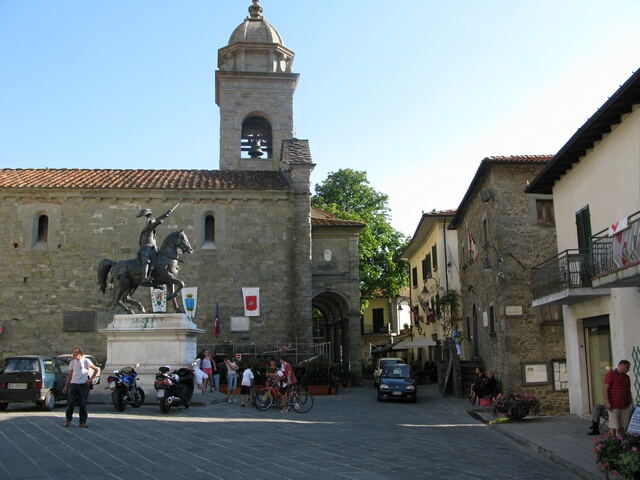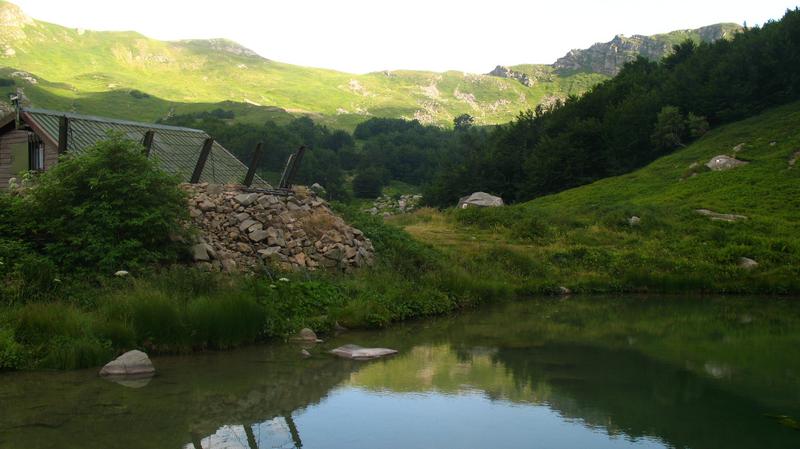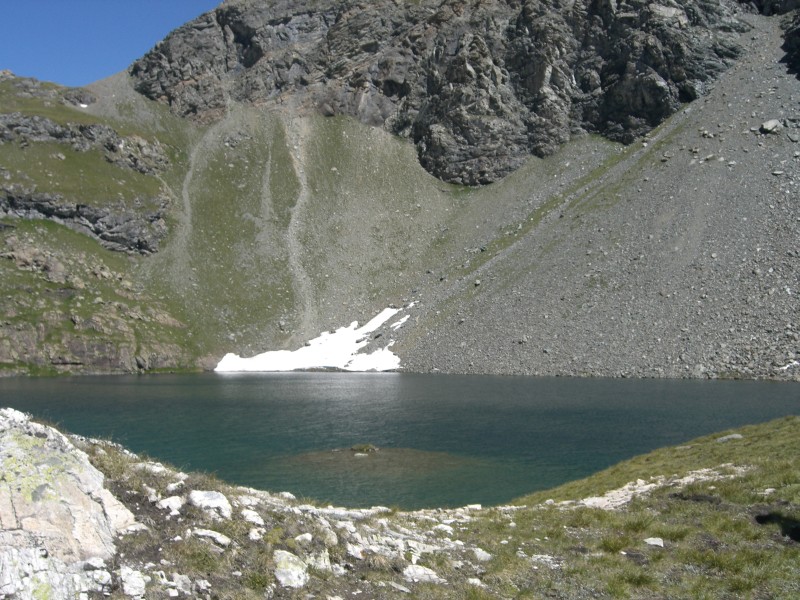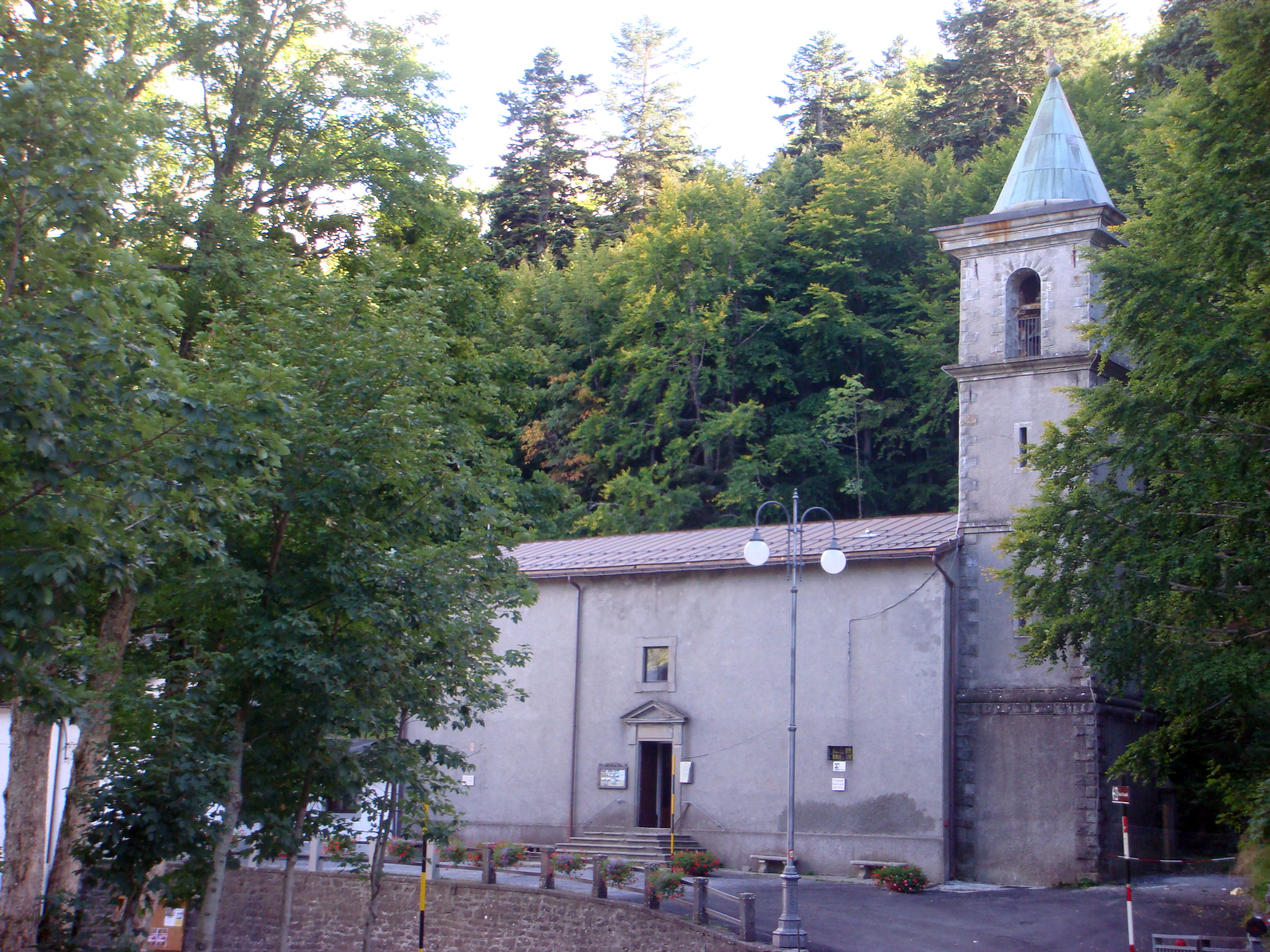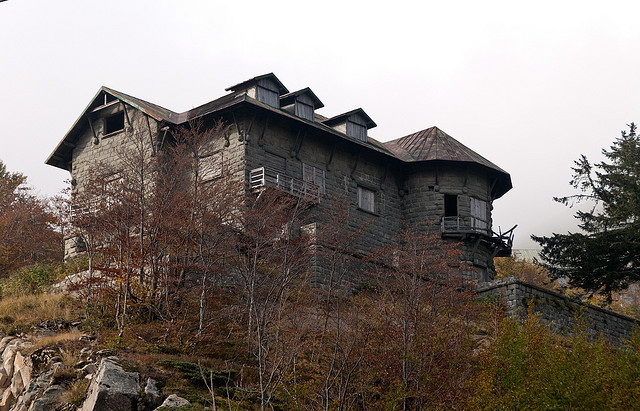The road, born officially in the second half of the eighteenth century to facilitate trade between Pistoia and Modena, in fact played a prominent military and political role as the main artery connecting through Pistoia, between Livorno and Florence by a Party and Modena, Mantua, Milan and the Empire Hapsburg Empire on the other. The project was entrusted to the Abbot Leonardo Ximenes for the Tuscan side and the engineer Peter Gardens for the part Modena. Nel1778 was opened dell'Abetone pass, a recent work performed, and in 1781 the road was inaugurated. At the opening of the road were completed buildings stations placed Le Plates, San Marcello, and Pianosinatico Boscolungo. Equipped with inns and stables for the horses stop, the post office soon became service centres around which grew the settlements that still define the area of the Apennines Pistoiese. Dell'importante artery not only have served thousands of passengers of all ranks, but sometimes the road has been a witness of the great events of the past. In 104 if they served Pope Pius VII to go to Paris, where the general Napoleon Bonaparte was crowned Emperor come. The same Napoleon few years earlier, in 1796, had entered with its own troops in Tuscany via the pass dell'Abetone. Defined by Vittorio Alfieri "My direct and very poetic way, the way Modenese today is a busy road, but still offers beautiful views on the green ridges Apennine.
Place: Pistoia


